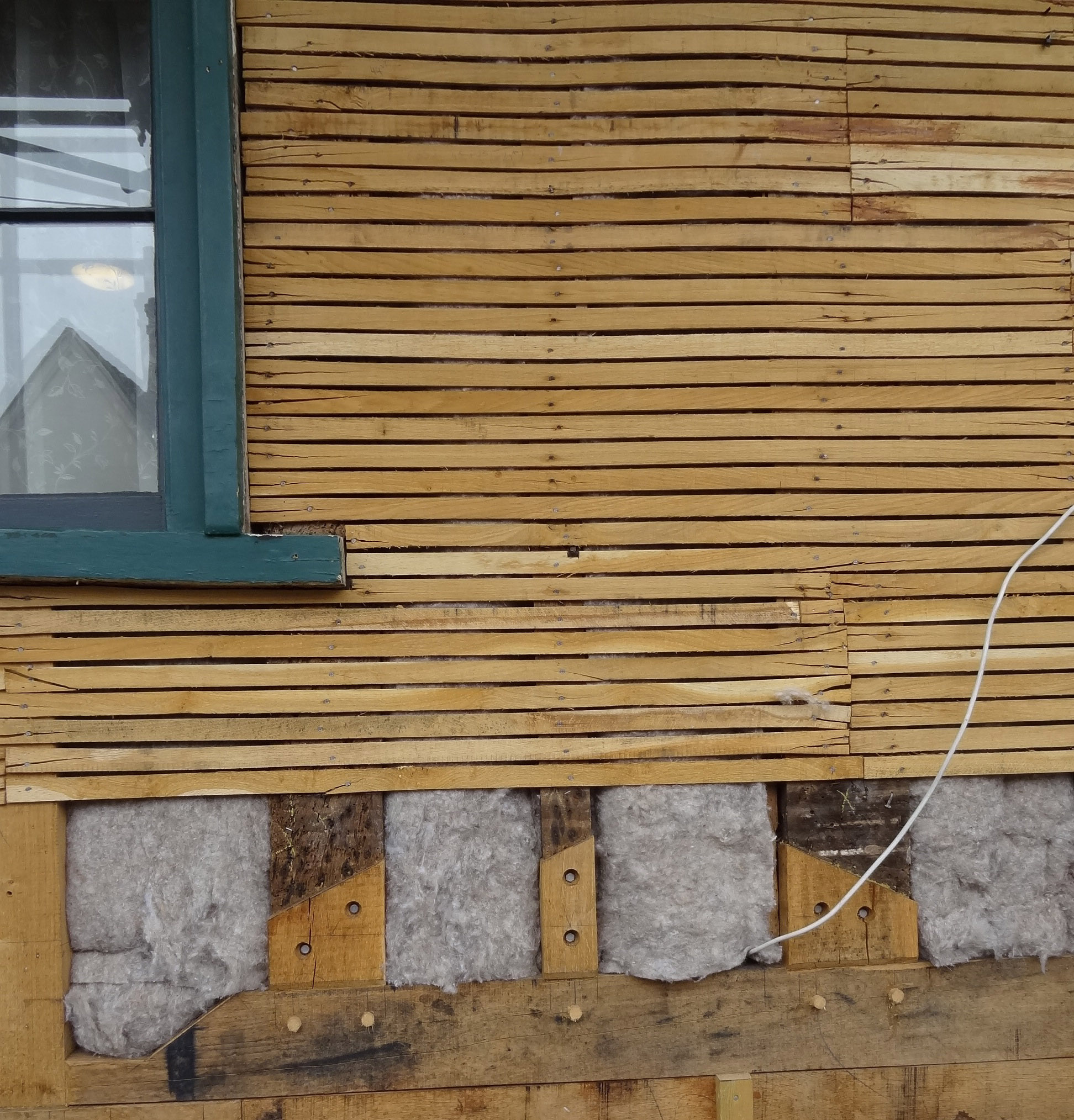Adapt your home to stay warm in winter, cool in summer and save on energy bills.
Insulating Walls in Historic Buildings
This page provides advice on improving the thermal performance of walls by adding insulation. The majority of older buildings have either solid masonry walls or timber framed walls or sometimes a combination of the two. Some masonry walls were built as cavity walls before this became a widespread form of construction after the First World War.
Solid walls
Methods and materials will vary according to the type of wall and whether it is being insulated externally or internally.
Insulating walls will alter the performance of the masonry. If the wall has not been well maintained and has damp-related problems then particular caution needs to be taken.
Adding wall insulation requires careful design, correct choice of materials, good detailing and high standards of workmanship if problems are to be avoided.
Early cavity walls
At the start of the 19th century ‘ hollow walls’ with two separate leaves of masonry were developed to provide as much protection as possible from the elements, especially from driving rain in exposed locations. As these early forms of cavity wall tended to have very narrow cavities and bridging elements they are generally unsuitable for cavity fill insulation.
Timber-framed walls
When insulating timber–framed buildings take great care with the design and installation of insulation to ensure thermal bridges are not created as well as problems of damp and associated timber decay.





